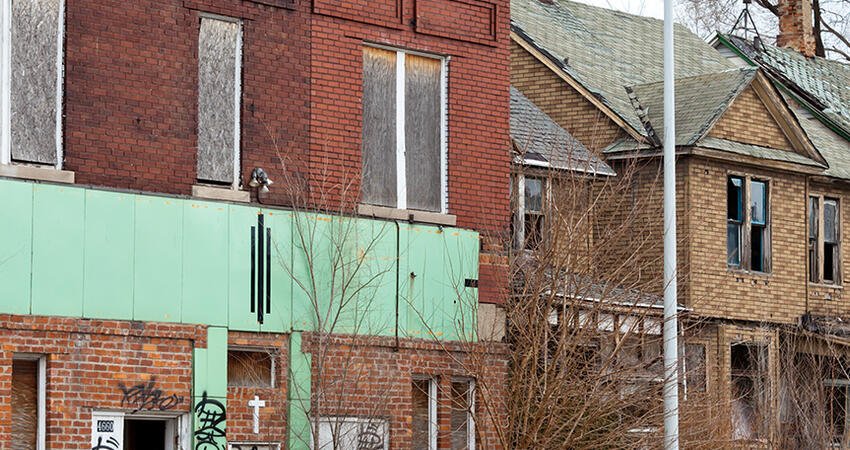
Looking for a Solution to Firearm Violence? Try Blight Remediation
- Title:
- Looking for a Solution to Firearm Violence? Try Blight Remediation
- Author:
-
Charles C. Branas, Michelle C. Kondo, Sean M. Murphy, Eugenia C. South, Daniel Polsky, and John M. MacDonald
- Source:
-
American Journal of Public Health
- Publication Date:
-
2016
The United States has a higher rate of firearm violence than any other developed country, and most fatal violence involves firearms. Society and taxpayers spend more than $48 billion a year on resulting medical and work-loss costs. Charles Branas and coauthors sought to determine whether blight remediation can be a cost-beneficial solution to firearm violence in cities. They posited that changing environments that promote violence (by hiding criminals or storing illegal firearms) could reduce violence and save costs. They did quasi-experimental difference-in-differences analyses of two remediation programs in Philadelphia, Pennsylvania, to study firearm and nonfirearm violence: one remediated abandoned buildings, the other remediated vacant lots. The authors’ findings provide high-value actions policymakers could take to strengthen communities and save taxpayer dollars.
Key findings
- Both remediation programs significantly and sustainably reduced violence (a 39 percent reduction for abandoned buildings, and a 4.6 percent reduction for vacant lots).
- Both remediation programs yielded taxpayer and societal returns on investment for the prevention of firearms ($5 and $79 for every dollar spent on abandoned building remediation and $26 and $333 for every dollar spent on vacant lot remediation).
- Neither program significantly reduced nonfirearm violence, which leads the authors to conclude that there is something unique about firearm violence that makes it treatable with urban blight remediation programs.